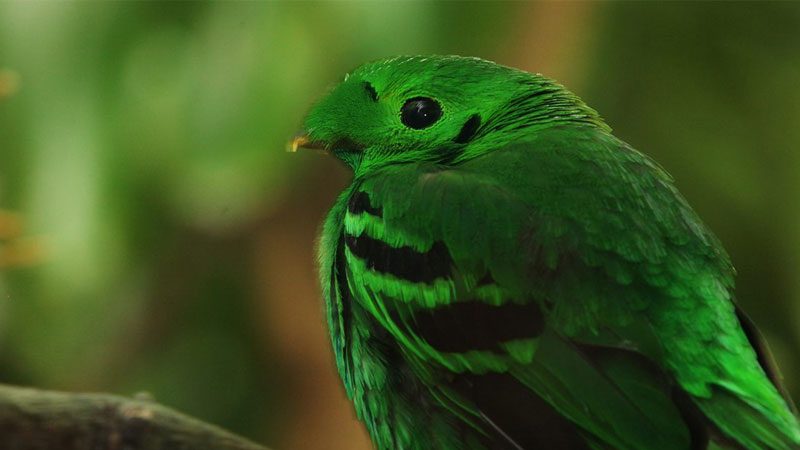Welcome to Lincoln Park Zoo’s new web app! Share your feedback

Green Broadbill
McCormick Bird House
Did You Know?
- Green broadbills have mouths and jaws that are adapted to swallowing round, soft fruits—even those with a pit—whole.
- They live in the understory of primary evergreen and mixed hardwood forests but can be difficult to find because of their color.
- They are important seed dispersers in their native range. By eating and defecating, they allow plant seeds to be transported to new sites to germinate and grow.
Don’t See the Animals?
Why aren’t animals visible at all times? To promote positive animal welfare, we provide animals with choices. They can choose to spend time in areas that are out of public view.

Take an Animal Home with You
Overview
Scientific Name: Calyptomena viridis
Class: Birds
Diet: Soft fruit (especially figs), insects, and buds
Range: Islands of Southeast Asia
Endangered Status: Near Threatened
More Information
Male green broadbills have vibrant, green plumage, a black dot behind each ear, and black bands across their wings. Females are duller green and lack the black markings.
These birds breed between February and August. Females weave long, teardrop-shaped nests out of grasses, twigs, leaves, moss, and roots, which will hold three eggs. They incubate them for around 18 days while males stand guard. Once they have hatched, males help feed them. Young mature after a year.
